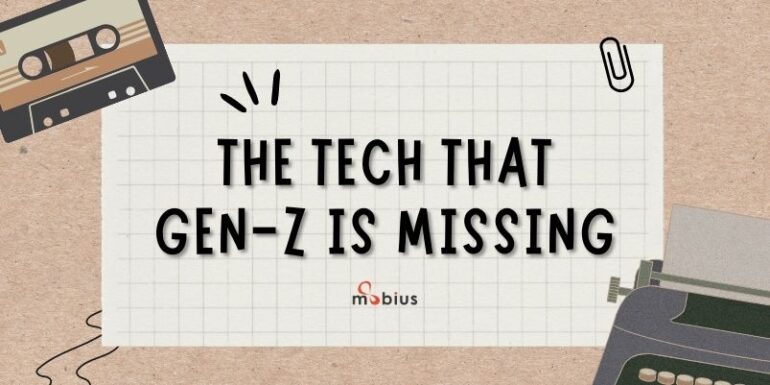Have you ever realized that the technology you experienced might be new to the next generation? This is because they either become outdated or completely out of use. A significant list of technologies has become obsolete in the past decade, with constant technological developments worldwide. This article will discuss these technologies that Generation Z won’t remember knowing or never knew about.
Over the years, technology has progressed beyond the expectations of the majority of people. Numerous innovations in many sectors have enabled people to live comfortably, pushing them to choose the newest technology. On the other hand, even when there seem to be better versions available, there are instances when people would still like to feel those things that were previously invented. It is important to understand how things were a few years ago when these technological advancements were employed. But before that, let’s understand what obsolete technology means.
Anything that is now unnecessary due to creating a better alternative might be considered an obsolete product. They might even become well-liked collectibles in specific circumstances. Even though a technology or practice is still in use, it is considered obsolete when it is no longer in use. It is frequently a result of an obsolete technology being replaced by a newer, superior one.
On this note, technologies that newer alternatives have essentially and completely supplanted are referred to as obsolete technologies. But just because something has lost its usefulness doesn’t imply it isn’t still in use. In actuality, much-outdated technology is still fully functional today. Many ‘tech-traditionalists’ actively work to maintain the use of antiquated technology. Here are some examples of this kind for Gen-Z to wonder about and the previous generations to reminisce about.
Does the picture below look familiar to you?
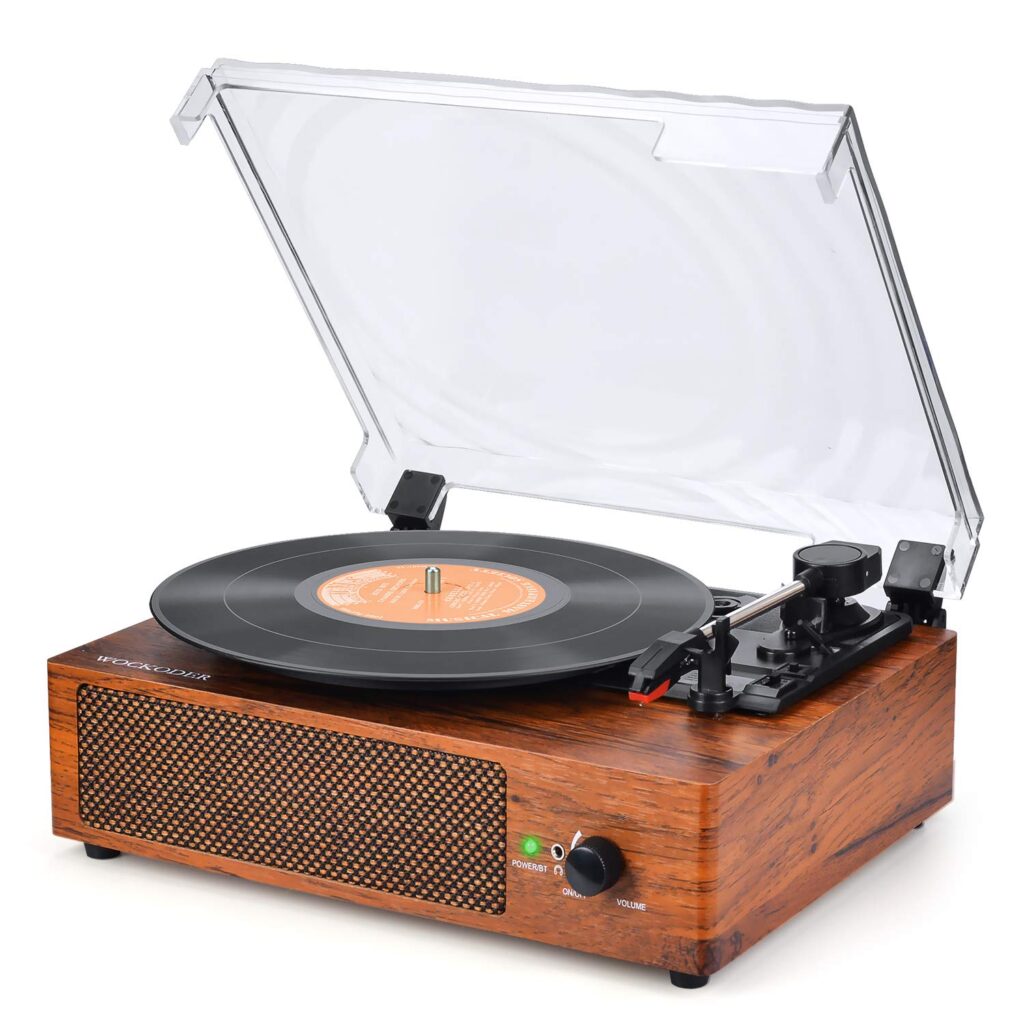
Well, these are the legendary record players of those days. This item was one that the majority of the households had. This tech has become extinct due to the development of contemporary sound systems and MP3 players. However, these record sets are now antique pieces owned by many rich houses. They have shown improvement over the earlier models with some cutting-edge features. It provides a special sound that none of the contemporary sound systems can match. It also gives the owners a sense of pride in owning such an antique tech amidst the fast-paced world. But MP3 players cannot be used to find or experience such things.
Another technology that let people listen to songs, and record anything they wanted, was cassettes and the player.
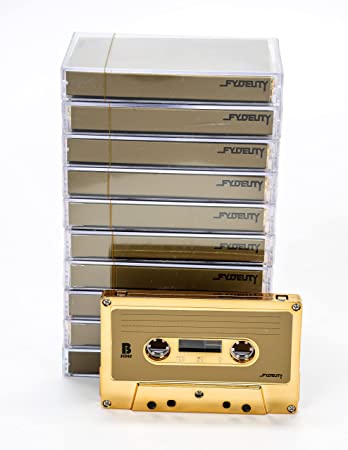
People bought them to record songs of their own, messages, and wishes and shared these tapes with friends as gifts. Although cassette tapes symbolize the 1980s, their history dates back to the late 1960s. But by the middle of the 2000s, the Compact Disk (CD) had eliminated them. In fact, until a few years ago, it was common to be able to purchase blank ones. But they are very much “dead as the dodo” as a means of storing music, but are saved as unique collections by many. Today, we have moved to cloud storage and online drives, like Google Drive and iCloud, to store and share information, which seems easier and more efficient than CDs.
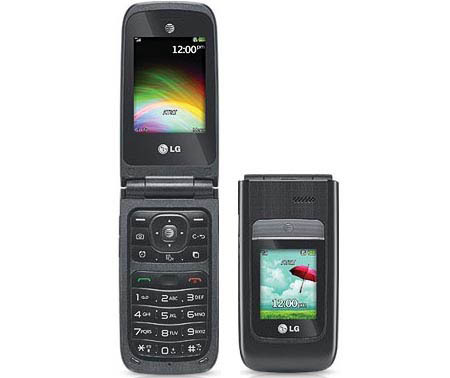
The term ‘flip phone’ is now a luxury because top brands have turned them so. As much as this might seem like a luxury now, this tech disappeared for many years with the advent of smartphones. Flip phones lost their relevance when Android smartphones entered the market because of their fragility and durability. Nokia tried to enhance its 3310 model, recognized as one of the best smartphones to hit the market.
But according to recent trends, Gen-Z is now beginning to understand flip phones better. These phones provide functions of a mini tablet as well but in the shape of a phone. Even when unopened, flip phones today can show notifications on a pocket-sized screen, which makes it even handier. Capturing images and videos is made hands-free with these phones. Here’s how Samsung utilized this to its advantage by making flip phones with better quality and useability.
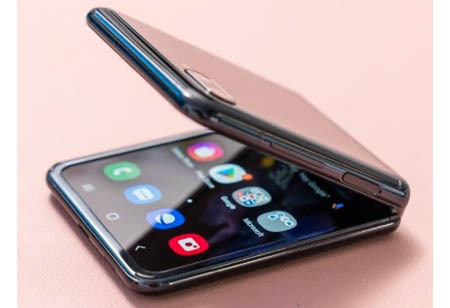
This is a far cry from the original flip phone, but isn’t this version fascinating too? On these lines of fascination, you can ask the older people in your households if they remember the day they were introduced to pagers. Their answer would be a definite yes!
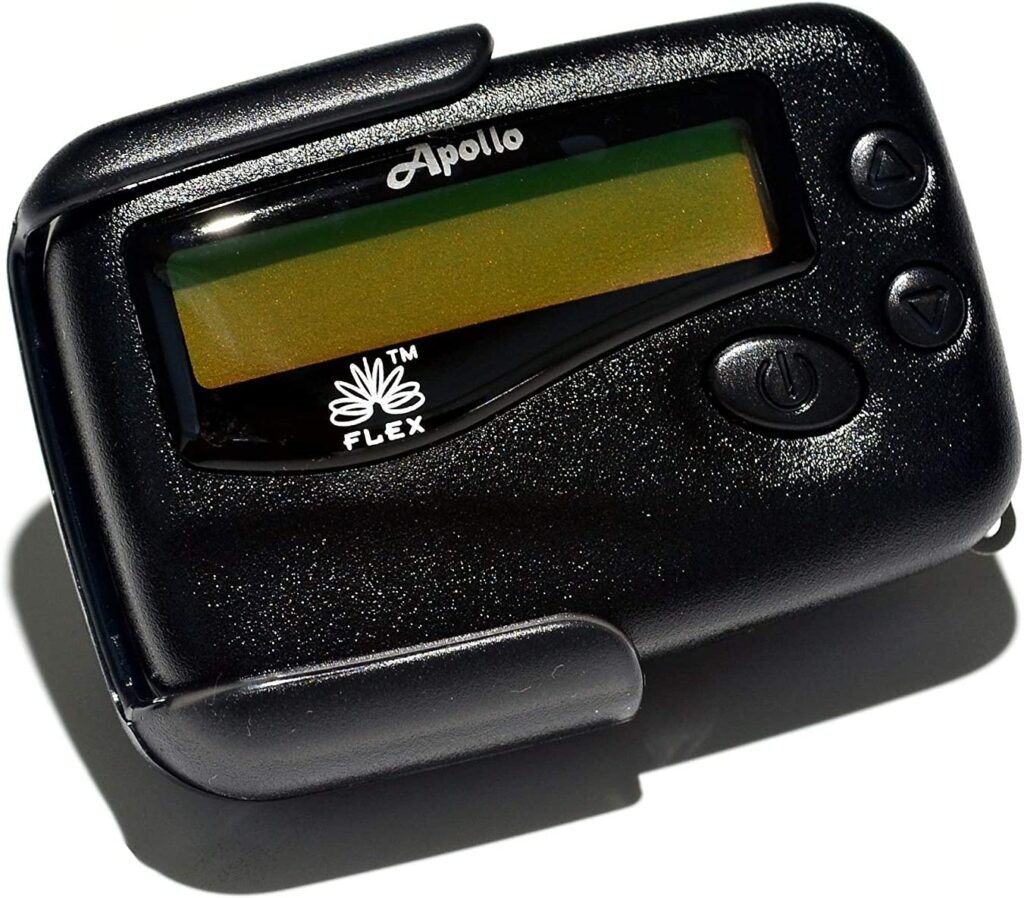
Pagers, commonly referred to as beepers, were wireless communications tools that could show voice or alphanumeric messages. They were frequently used by employees who were required to be accessible at all times and were typically one-way communication devices (like the doctors and nurses in hospitals). Although they rose to fame in the 1980s, their roots may be found in the 1950s. Early in the 2000s, cell phones became widely available, virtually making these gadgets obsolete overnight. Cell phones rapidly made their way into houses by doing what the pagers did but with much more ingenious features.
However, the latter was still in use for many years after that because they were more affordable, durable, and, for a while, had wider device protection than the first cell phones. Even the best wireless or Wi-Fi networks have dead spots and inadequate coverage inside buildings since a cellphone is only as good as the network it relies on. Additionally, pagers instantaneously convey messages to several people simultaneously, with no delays – a crucial feature in an emergency where minutes or even seconds might be crucial. Finally, during calamities, cellphone networks rapidly experience overload. With paging networks, this is not the case!
In the late 20th century, when hospitals used these pagers to communicate, another brilliant invention found its way into the industry. Fax machines were one of the most intelligent and widely-used technology ever founded. These table-top machines delivered the message without errors in hardcopies in a jiffy.
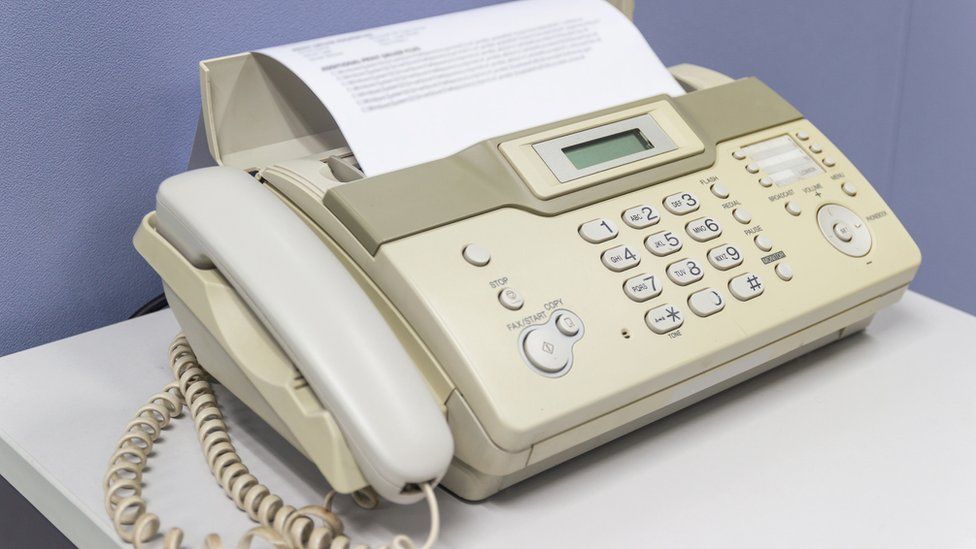
People used to fax documents over the phone long before email and cloud storage became commonplace. To communicate papers over a phone line using audio-frequency tones may seem absurd to newer generations, yet it used to be a widespread practice. This is how it worked: the recipient’s computer would decode the data and print a document replica from the sender. All this is just a few minutes. Naturally, this tech became outdated and has mainly been replaced by better, more contemporary options like email. However, some people are still resolute about keeping them for their originality.
All these inventions were about communication, and it is one of the factors that is easily subject to change. While we have been talking about sharing information, how about storing them? Earlier computers meant a desktop, keyboard, CPU, and many other important components. Now, all that every household has is a laptop. The older technologies made inventions for each need of the people. One such invention for storing information for electronic devices was the floppy disc.
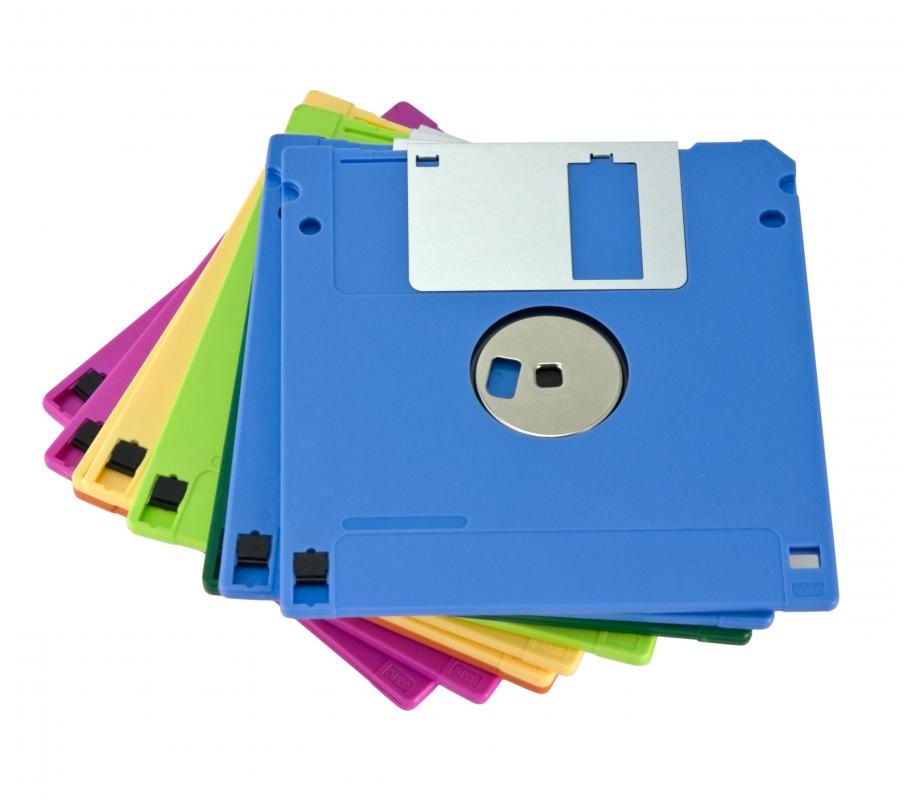
The floppy disc was formerly the standard electronic data storage device for a large portion of people all over the world. It is now immortalized as the ‘save icon’ for most software programs. They were made available for commercial usage in the 1970s, and during the following few decades, their size would shrink while their storage capacity rose. By the middle of the 2000s, floppy discs had mostly become useless due to the development of CDs, memory sticks, and the cloud, as well as the ever-growing size of the software that could no longer fit on a floppy.
Despite most of these technologies being nearly or completely obsolete, some are coming back with slighter modifications solely to improve the user experience. People no longer mind what the device is. They are more invested in the features and functionality of the devices. For example, movie lovers want to watch movies on any device that allows them to do it hassle-free, be it mobile phones, tablets, laptops, TVs, or projector screens. But as time goes on, even the trending technologies today shall become obsolete as people’s expectations continue to grow. It is important to remember that its useability and functions make technology obsolete.


